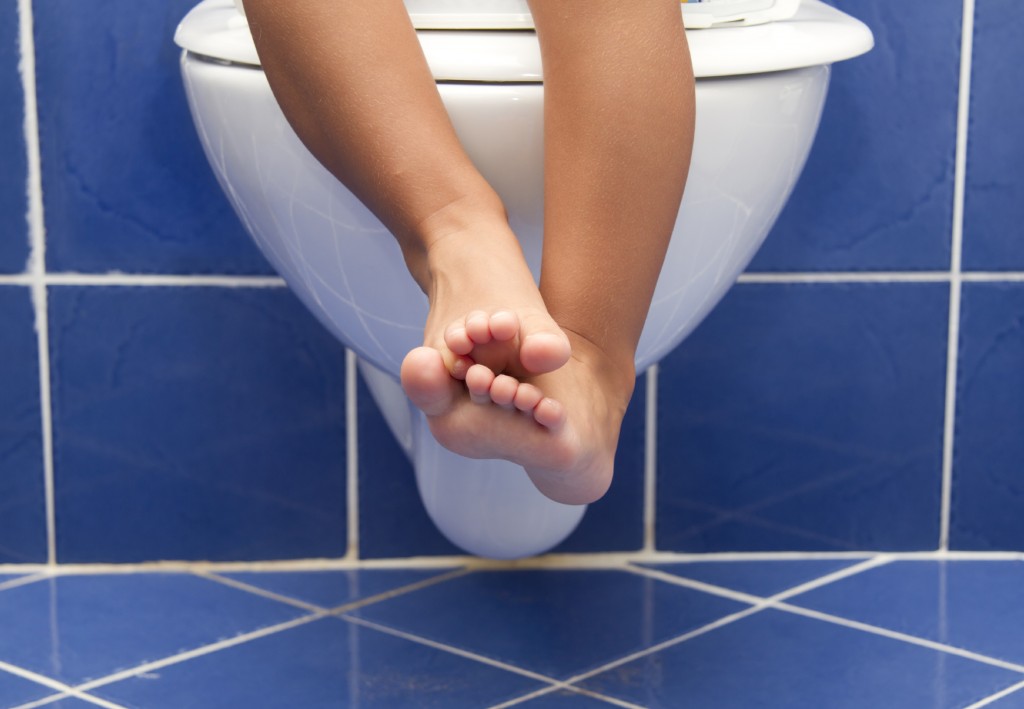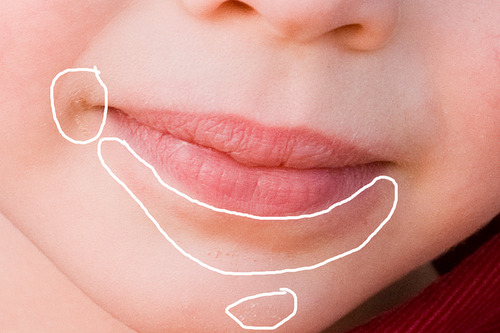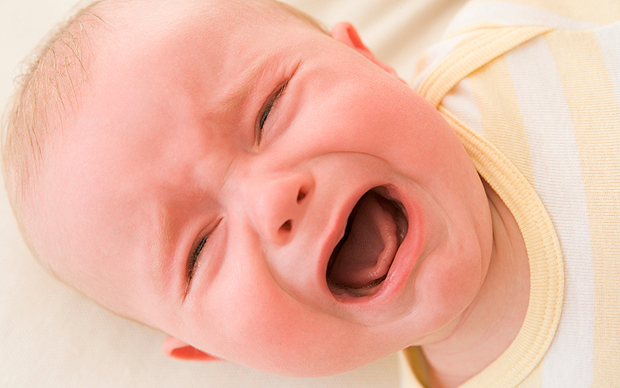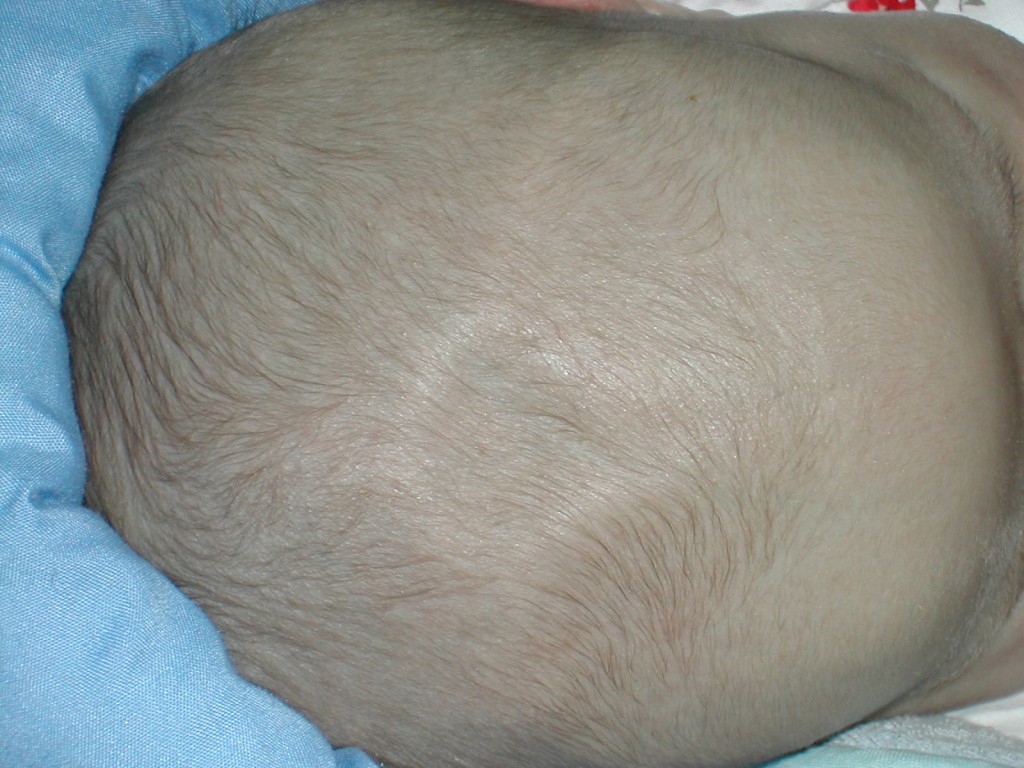Younger children are more susceptible to dehydration mainly because they have larger surface areas than adults and their bodies function with more fluids than our bodies. Dehydration is said to have occurred when the amount of fluid lost from the body is more than the fluid intake of the body. Dehydration can end in lethargy, heart and kidney failure and even death.
Dehydration in young children can occur when they aren’t feeding well, are exposed to the atmosphere for long periods, or have diarrhoea and/or vomiting.
However unlike adults, little bouts of diarrhoea is able to end in dehydration of the young child. The ‘young child’ in this article refers to a child below the age of 2. Dehydration in children is many times a hospital emergency however, at this age, these children are mostly unable to communicate well.
It is therefore necessary for us to watch out for things such as:
1.Decreased Urination

It is abnormal for a child wearing diapers to not have urinated at least once in 6 hours. In addition, if when the child does urinate it has a stronger smell than normal, has a decreased volume and its colour is deeper than usual, your child is most likely to be dehydrated and needs rehydration. A complete lack of urine is usually pointing towards kidney shut down and should be addressed with immediate effect.
2. Dry mouth

The inner part of the lips, the tongue and other parts of the mouth should always be moist (except your child has xerostomia, which is a diseased condition). Therefore if you notice that the mouth of your child is no longer moist but dry he/she is most likely dehydrated and needs to be rehydrated.
3. Crying without tears

Children mostly cry with tears. Crying without tears is an important sign that the child’s body doesn’t think it has enough fluids to lose a few millilitres via crying. Therefore, if your baby is crying without tears please make sure you get him to the hospital straight away. It is better to be safe than sorry.
4. Loss of skin turgor
Fluid in our body is usually one of the things that helps the skin maintain its elasticity. The test for skin turgor is simple; expose the abdomen of your child, pinch a bit of his/her skin between your fingers and release, it should return back immediately. However, a delay in return is a sign of dehydration and means the child must see the doctor as soon as possible.
5.Sunken fontanel

The fontanel is the soft boneless portion at the top of your child’s head. On a normal basis, it should be flat. When it is depressed and soft, it is a very serious sign of dehydration, one that needs medical emergency.
Conclusion
Dehydration is a very serious condition especially in young children. It is therefore very important that you try to prevent the causes of dehydration such as vomiting or diarrhoea. It is also important to rehydrate children when it seems they might be moderately dehydrated.
WhatsApp number: +971565830067 (Just send us code 10733 and we will get back to you ASAP)
Contact Us: Click here to send us your details or fill in the form below.
You can get in touch with us 24/7 and one of our experts will not only give you a free consultation but also help you pick out an appropriate male or female personal trainer to meet your needs. One-on-one personal training lessons are available in Dubai, Abu Dhabi, Sharjah, Ajman and RAK.
______________________________________________________________